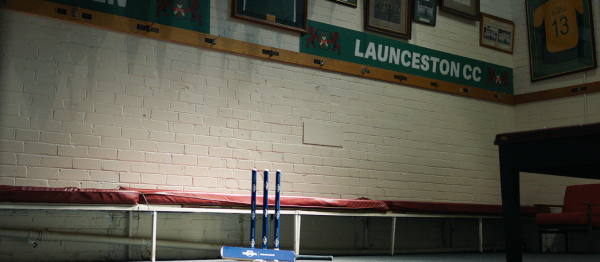08 March 2022
Need to make a severe weather claim or find emergency support? Follow this helpful guide.
For some, the recovery phase is underway. For others it is just beginning. And for many in the Sydney Metro, Hunter and Mid North Coast regions of NSW - safety messages remain in place with heavy rainfall recently impacting vast areas.

Returning to your home after extreme weather is a difficult experience for you and your loved ones. For those whose homes have been damaged, our priority is ensuring your safety.
The priority right now is the safety of all the impacted communities. We have a dedicated Major Events team focused on providing immediate support for our customers, including temporary accommodation.
Safety First
Before approaching your property, make sure it is safe to do so. Stay out of harm’s way until you have been given clearance by emergency services to return home. And never drive, ride or walk through flood water. You can stay up to date by tuning in to your local ABC radio station which can be found here or by following emergency services on social media.
- Switch off the gas and electricity before going into the property.
- If water has entered the premises, do not turn on the electricity or any appliances until an electrician has inspected the home. This will help keep you safe but also make it easier to replace electrical devices.
- To help your electrician restore power to your property, use masking tape to leave a mark near your switchboard to indicate how high the floodwater reached. This will help your electrician know what needs to be replaced or disconnected.
- If available, wear protective gloves, a face mask and thick rubber boots when the flood clean-up begins. Flood water can contain dangerous contaminants, so it is vital you are protected.
- Remove water or mud-damaged goods that are a health risk such as saturated carpets and soft furnishings. They can’t be salvaged, and mould will build up quickly. If you have power, use fans to help waterlogged areas dry faster and white vinegar will help you remove mould.

How to lodge your claim
- We have increased our call centre capacity however, the quickest way to lodge your claim is online nrma.com.au/claims available 24/7.
- If it is safe to return to your property, take photos or videos of damage to help with your claim. Photos of brands and serial numbers on appliances can also help your claims specialist.
- If possible, keep samples of materials and fabrics (before you dispose of any saturated/damaged items).
- While you wait for assessors to arrive, be wary of people offering immediate repairs or inspections.
Our consultants are available 24/7 to take your calls. We keep records electronically so don’t be concerned if insurance documents are not readily on hand.
Recovery Centres
As flood waters recede, we have NRMA Insurance assessors on the ground ready to help. We also have claims specialists available to support you in person at our Recovery Centres in the following areas.
- Caboolture Recovery Centre - Caboolture Hub-Learning and Business Centre, 4 Haskings Street, Caboolture, QLD
- Lismore Recovery Centre - Southern Cross University - Block R, Military Road, East Lismore, NSW
- Goodna Recover Centre - Frank McGreevy Function Centre, 112 Brisbane Tce, Goodna, QLD

Emergency Support
- Australian Red Cross teams have mobilised to provide psychosocial support and assistance at evacuation and recovery centres across Queensland and New South Wales. If you are seeking support at a recovery centre – you can find the latest locations in Queensland here and in New South Wales here.
- If there is damage to your property you can’t fix yourself or you still face an emergency situation, call SES on 132 500.
- Your health and wellbeing should be your top priority, if you need someone to talk to, please call Lifeline 24/7 on 13 11 14 or access more information here.

Helping others
If you’d like to help others in their time of need, you can make a donation to our partners supporting the flood emergency response including GIVIT and Australian Red Cross.



